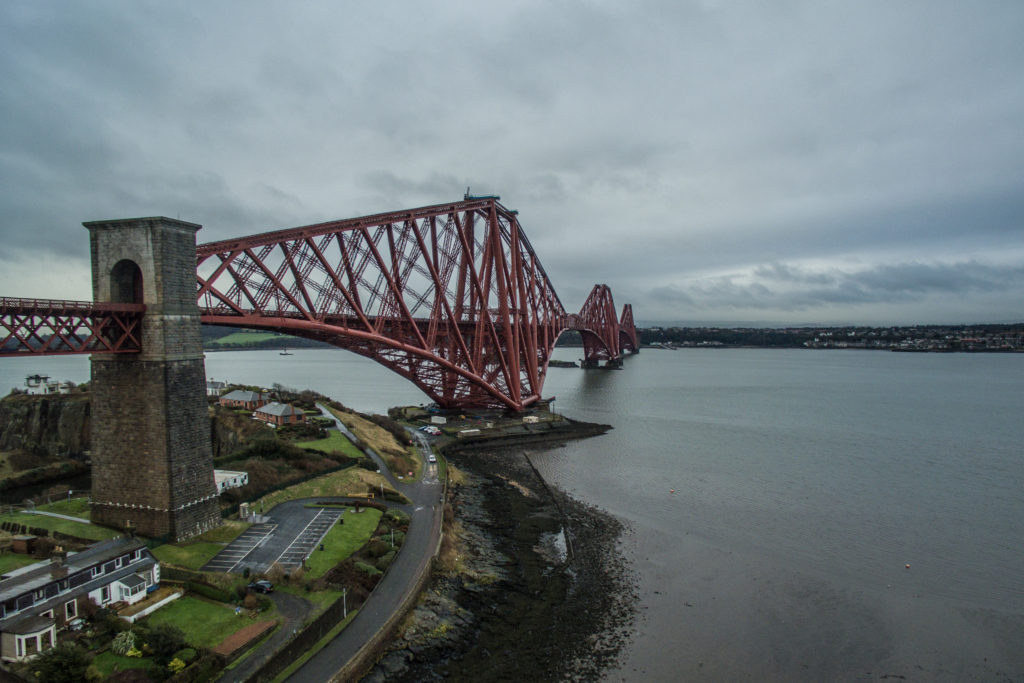- The Fife Coastal Zone (FCZ) aims to bring together academy, community, & industry to build a pilot digital twin using the living-laboratory of NE Fife. FCZ has a broad interdisciplinary research agenda that geographically crosses the nearshore, intertidal and onshore areas. Its central aims is the sustainability of communities and the protection of natural & cultural heritage. This living laboratory for applied research will align with and respond to a variety of constituencies, helping to
- (a) shape the vision, attitudes, actions, and lifestyles of local communities and businesses,
- (b) develop voluntary and statutory processes for the planning and balanced management of the exploitation, enjoyment, and protection of the Fife coast & adjacent marine areas, and
- (c) bring experience from research in other countries to bear on local issues, allowing experimentation with local solutions for global application
- The project will review the natural heritage of Fife by rolling back through time to when Scotland first emerged from its cover of ice over after last glacial maximum. It will explore the natural landscape as it changed on warming and as the first hunter-gatherer people moved back north. It will explore the changing cultural landscape as society developed on the introduction of farming and through the subsequent millennia as communities used ports and harbours as focus for economic prosperity and gateways for communication with the world. It will highlight the importance of past sacred landscapes traversed by pilgrims who visited the iconic centres of religion and study. It will review how communities see and interact with the coast, its natural and cultural heritage, today.
- The accessible online research portal will enable wide engagement through linking to already established engagement mechanisms such as ‘citizen science’ approaches that invite public contribution using mobile phone-based technology to record environmental and cultural data (for example, SCAPE). The web site will also provide the platform for sharing results and live data streams. Initial research will include environmental aspects of the coastal corridor (the physical nature of the coast through time, the ecosystems it supports) cultural elements (cultural heritage, archaeology) and society (communities, demographics, sustainable economies). Beyond the pilot phase, the interdisciplinary, applied research agenda will be shaped by an iterative exchange with local communities, key business groups, and governance processes.
- The project is both outward looking in taking research that is locally based and applying it to global issues and inwardly reflective in that it integrates research conducted globally to address local issues with public engagement both embedded in, and iteratively co-developed with the research of this project.
The challenges the project address require a highly interdisciplinary approach. Some key questions to be addressed include:
- What does the past environment teach us about the present environmental state & rate of change? (SEES, SGSD, SH, SOI)
- How do we manage coastal evolution in the face of climate change & natural hazards? How do we capitalise on the cultural & social significance of this coastal area to conserve natural and cultural heritage and benefit communities? (SGSD, WM)
- What is the shape of demographic trends that underpin economic prosperity & sustainable communities in Fife? (SGSD, FC)
- How has Covid-19 reshaped our attachment to place with more time being spent in local communities? (SGSD, FC, WM)
- How do community-based aspirations, social/behavioural responses, & cultural aspects of the coastal environment intersect with knowledge and governance? (SOI, SEES, SH, WM)
- How has the religious history of Fife’s coast modified the landscape & in turn been shaped by the environment? How did the fishing communities become windows on the wider world and conduits for new ideas from the Reformation to the 20C (SD, SH, SGSD)
The issues will be addressed by the team using two methods.
- Consultation and integration of academic and public discourse during in-person and/or remote workshops or surveys: Consultations will be made with communities, governance bodies, and industry to begin to understand some key issues driving society. It is vital that the future mandate for research is enabled through this discourse as an iterative engagement process. These consultations will be led by SGSD and SOI with close collaboration with Fife Council, industry and local museums.
- Providing a single integrated portal for access to data that will be available to academic and public: Since 2018, research conducted by Art History (EULAC) & Earth Sciences (SEES) (Tanzania and Malawi) under the GCRF programme & by History (SCAPE) has demonstrated the feasibility of using web-based portals for collecting and delivering digital observations of cultural heritage. These portals, together with reconstructions created by Smart Histories (CS), have shown the power of public engagement through digital information. These experiences will be harnessed to deliver the research via a new dedicated web portal for both cultural heritage and physical observations of change. SH will record changing heritage along the coastal corridor, SEES will date the environmental changes, Divinity will evaluate the changing sacred landscape, & SOI (Bio) the ecosystem.
